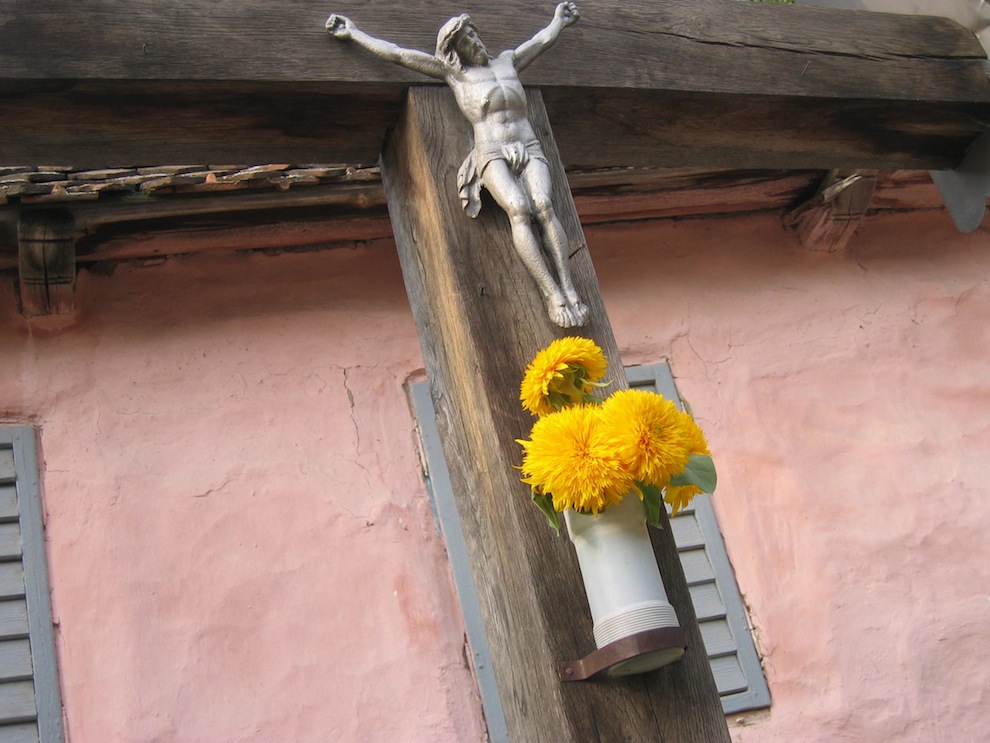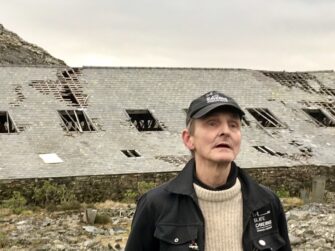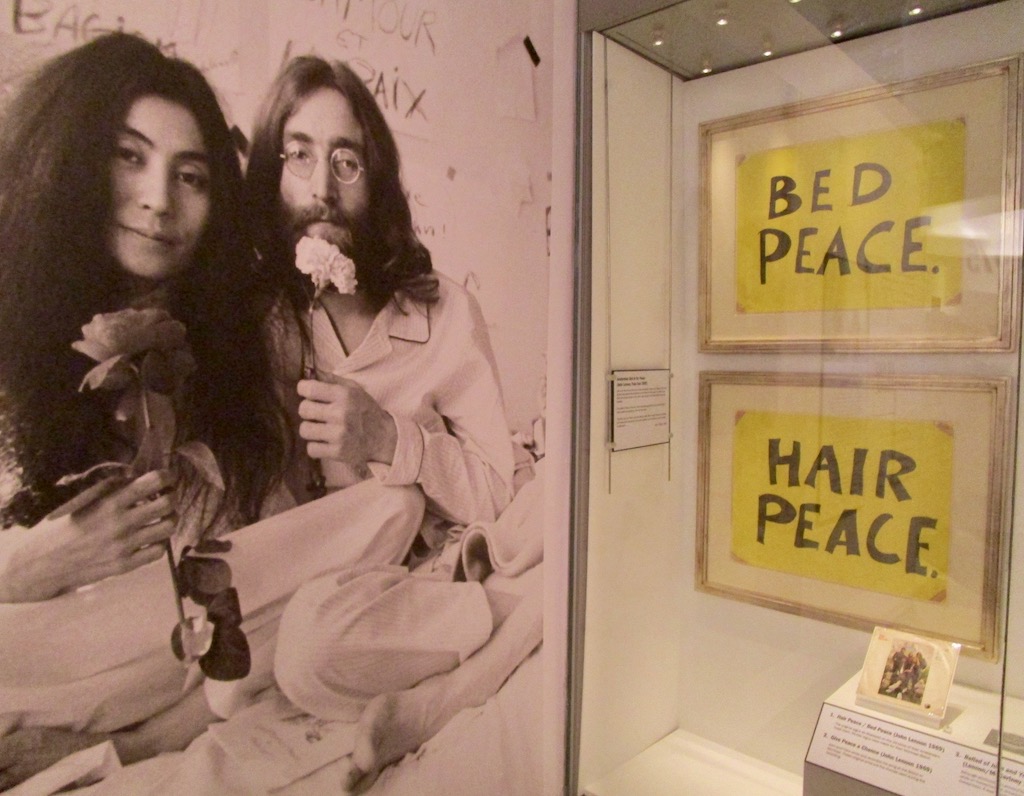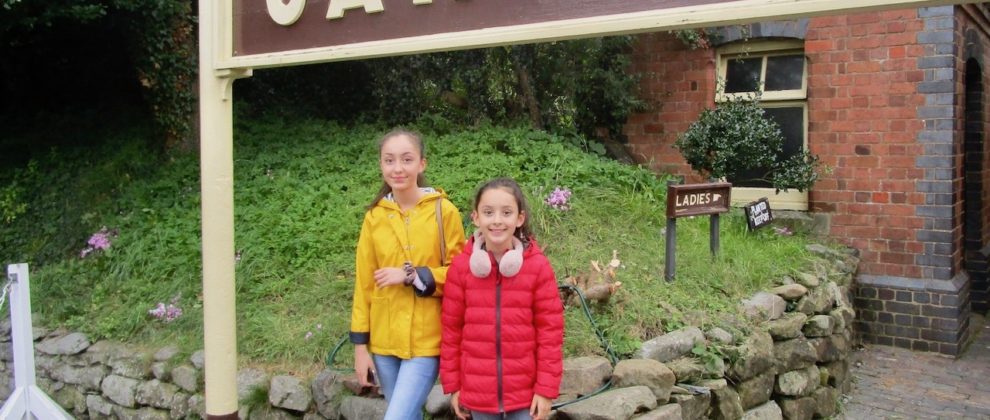
Prince Charles doesn’t get much good press these days.
In Romania, however, he is regarded as something of an eco-avenger.
Ever since, at least, plans to build the kitsch Draculaland theme park outside the UNESCO-listed town of Sighisoara were shelved after the personal intervention of our very own Prince of Wales.
HRH is a regular visitor to Romania and a patron of The Mihai Eminescu Trust, an ecotourism project based in Viscri, Transylvania, which won Best for Innovation at the 2004 Responsible Tourism Awards.
He is also given to secrecy-shrouded visits to remote outposts of the country to see for himself the complexity of preserving Romania’s Saxon heritage against a backdrop of a burgeoning tourism industry.
While a groundswell of small tour operators is championing more sustainable rural projects, the mass-market, get-rich-quick schemes that have traditionally blighted Romania’s Black Sea coast, remain the preferred hobby horse of back hander-hungry local officials.
Changing fortunes
Things are changing for Romania. The country is emerging from the shadows to claim its share of the current Eastern European tourism boom.
But for the frontier folk of Maramures, a rural outpost on the northern cusp of the Carpathian Mountains, such talk is meaningless. Life in these unspoilt villages has remained relatively unchanged in centuries.
Life is simple: work in the fields, church on Sunday and horse and cart the preferred medium if you’re racy enough to consider venturing to the next village. Wander tranquil country lanes and you’ll encounter women wearing traditional skirts above the knee and men in dainty hats – even when it’s not a saint’s day.
My base was Botiza, a rustic village in the Izei Valley edging east from Sighetu Marmatiei, the region’s rail hub for the sleeper trains from Bucharest, and located just a few kilometres from the Ukrainian border.
Housed with a local family at their farmstead cum B&B, I had a bed, slap-up meals, hot, wood-fired water for washing and a chance to watch in awe at mealtimes as the sturdy mother of the household downed shots of horinca, the local double-distilled plum, with theatrical aplomb.
For a day’s exploration we hired a cart and driver for equivalent of £8. The dusty dirt drag of Botiza’s main thoroughfare gives way to a potholed, stone-grooved track leading west from the edge of the village and within minutes we were out amid cornfields and haystacks.
While his two sons played in the cart behind, driver Vasile, regaled us with shrewd observations of local political machinations.
“Many villages the elect the same corrupt mayor twice,” he laughed.
“Round here we say the first time they are corrupt but, the second time, having already filled their pockets, they’re better than someone new.”
Unesco listed
After two hours clip clopping along country lanes, we arrive in Poienile Izei, where the village church, built 1602 and dedicated to Saint Paraschiva, is one of the eight UNESCO World Heritage-Listed churches in Maramures inscribed in 1999.
The social fabric of these village communities revolves entirely around the Orthodox churches, many of which date from the 16th century and remain remarkably well preserved today, having escaped the bulldozers of the Communist years thanks to the region’s enforced geographical isolation.
But, unlike the external frescoes on the facades of the seven, better-known churches in northern Moldavia, these churches, constructed from wood to a Byzantine pattern, have internal frescoes – bold and simple daubed in reds, yellows and whites.
The church at Poienile Izei is particularly striking as it’s the only one in Romania with frescoes of hell, depicting fiery visions of eternal damnation with a large, hungry-looking bird about to swoop down on unsuspecting sinners. Elsewhere there are images of the various torments the devil will administer to those failing to live by the church’s moral code.
Even today the ritual of worship remains untroubled by notions of modernity with men taking the pews in front of the altar and women banished to the rear. The latter are not allowed at the altar at all.
Of course, before you can actually enter the church, you have to find the man with the key. And, in rural Maramures, that can prove a tricky business.
While Vasile goes off in search, he invites us to his uncle’s house on the fringes of the village.
When Ana and Gheorge Sabadi realise they have a foreigner in their midst, they insist of making lunch and we end up sitting around their kitchen while a bowl of broth bubbles excitedly on the hearth, feasting on pig fat, raw onions, salt and bread – all washed down with lashings of horinca, the moonshine that cements any new friendship in Romania.
When Vasile returns with the keeper of the keys, they have clearly also been on the horinca and are liable to be found drunk in charge of a horse and cart. There’s nothing for it, I tell them, I’ll drive.
“It’s much easier than a car,” said Vasile, handing me the reigns.
“You pull the reigns to move left or right, say ‘Whoa” to stop and make a clicking sound with your teeth to go faster.”
Guest of honour
Puicariu Gabor, the 83-year-old keymaster and official church singer, is evidently a man of few words – and even fewer teeth.
But as we finally step through the church’s heavy wooden door, he becomes positively animated remembering the honour he felt as key keeper on the day that Price Charles came to visit.
“He was with a big group of people all in cars. When I showed him around the church, he didn’t ask any questions but he did,” he said, indicating a thick, leather-bound tome by the altar, “sign the guest book.”
Sure enough, as I flick through the pages I come across a flowery signature in a bold, black felt tip.
It simply read: “Charles, May 9th, 2004.”
* This story was first published in the Financial Times in 2005. Liked this? Try also Meeting a real-life Count in Transylvania.
Did you enjoy this story? Post your comments below.



